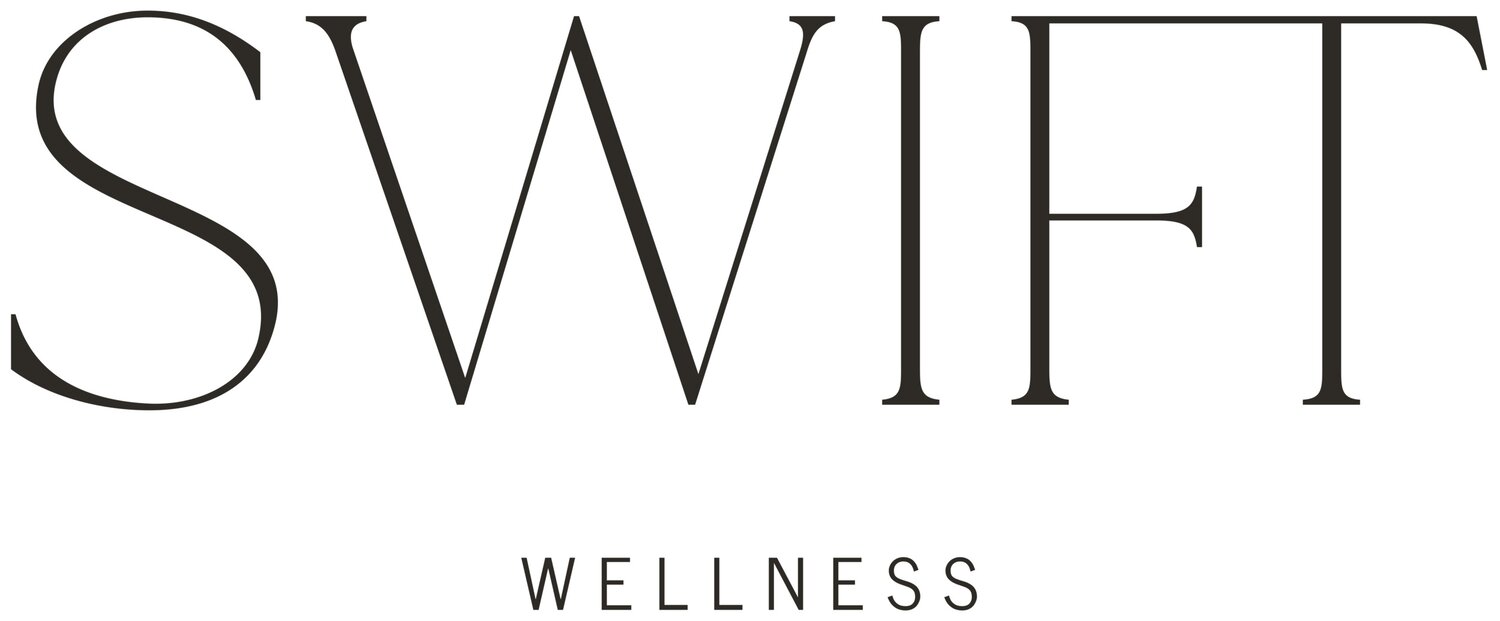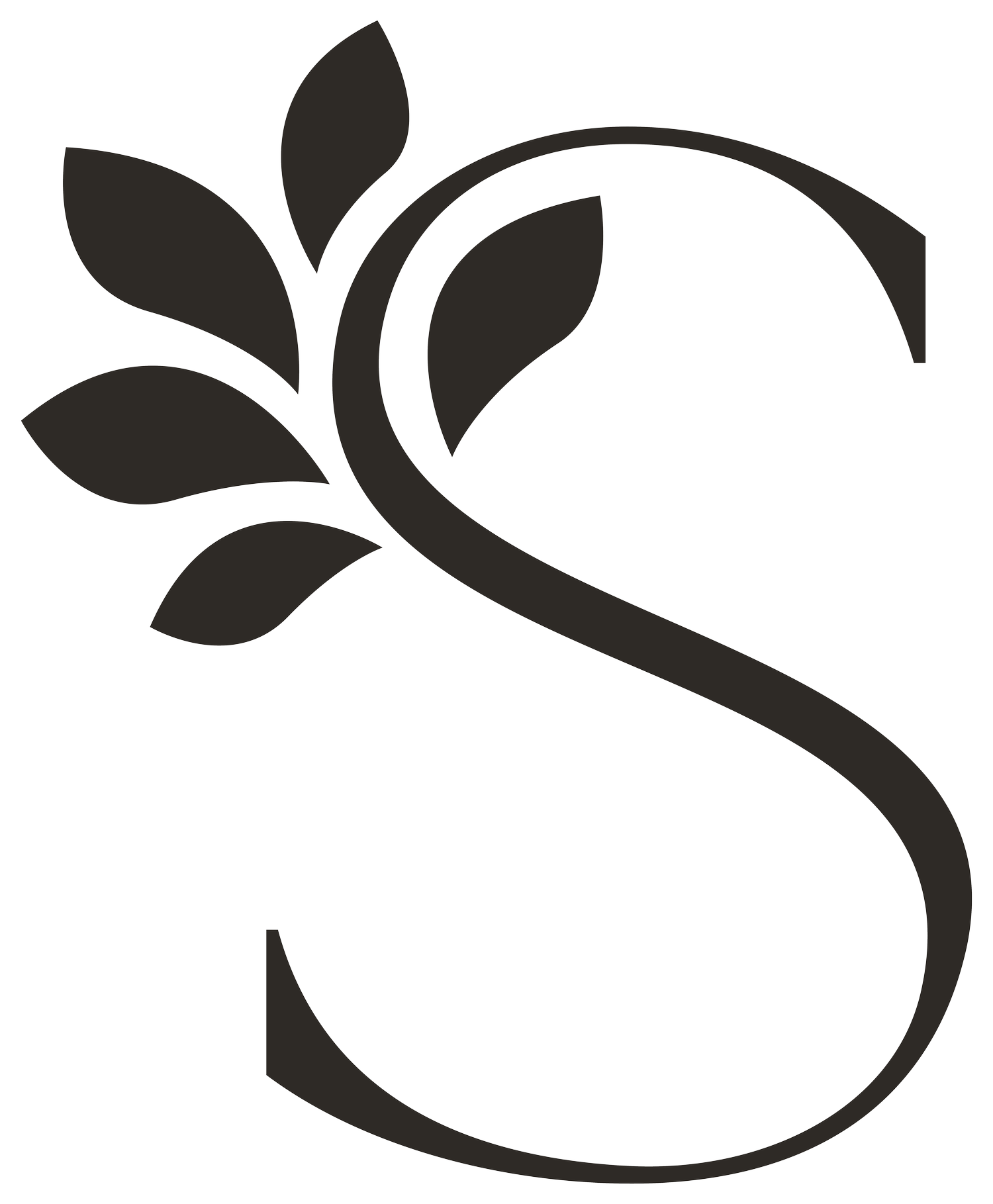How To Do A Breast Cancer Self Assessment At Home
A simple breast cancer self-assessment is useful in getting to know your body and understanding your personal breast health. Breast cancer is the most common type of cancer among women, and one in eight will develop it during her lifetime. Therefore, performing a self-assessment of your own breasts can help with early detection, along with being able to identify if there are any potential issues when consulting a medical professional. A breast cancer self-assessment isn’t meant to instill fear, but be seen as a tool to understand your personal breast health and help you decide if taking the next steps is necessary.
In honor of Breast Cancer Awareness Month, below is a step-by-step guide on how to perform a breast self-assessment along with more information about breast health.
5 Step Breast Self-Assessment
A breast self-assessment shouldn’t be disregarded and can be very useful in taking care of our unique breasts and body, especially as we continue to get older. Breastcancer.org, a non-profit organization providing over 28 million breast health visits each year, shares that, “…a breast self-exam is a convenient, no-cost tool that you can be done regularly and at any age.”
They recommend that women perform self-exams on a routine basis, such as every month or every quarter. Regular assessments help you get more acquainted with your breast’s appearance and feel. It also only takes less than twenty minutes.
Below is the step-by-step guide to conducting a breast self-assessment in the comfort of your own home.
Step 1: LOOK AT YOUR BREASTS WITH ARMS AT YOUR HIPS
Start with relaxing your shoulder and arms, holding your hips, while standing in front of a mirror. Look at your breasts and take notice of their regular size, shape, and color. Pay attention to any bulging of the skin, darkening, swelling, or rashes. Also, notice the placement of your nipples and see if there are any changes.
Step 2: LOOK AT YOUR BREASTS WITH YOUR ARMS IN THE AIR
Stay standing in front of the mirror, but with your arms in the air, while holding your hands together over your head. Look at your breasts and focus on the same characteristics just like in step one.
Step 3: CHECK FOR ANY FLUID
While in the same position with your arms in the air and in front of a mirror, look for any unfamiliar fluids. The fluids could be of a light & watery texture, a more milky liquid, or blood. Any fluids should be brought to the attention of your physician.
Step 4: EXAMINE YOUR BREASTS WHILE LYING DOWN
Make sure to get comfy for this step! You’ll need to lie down on a flat surface, preferably your bed, and firmly press on your breasts and around the nipple with two fingertips. In a circular motion, make sure to go as high as the collarbone, as low as the top of your abdomen, then toward your armpit and into your cleavage. The breast area is larger than one might think! Again, you are feeling for any lumps, hardening, or discomfort when examining yourself.
Step 5: EXAMINE YOUR BREASTS WHILE STANDING OR SITTING
Now, the final step is the same as above, but while standing or sitting. With the same movement and forming of fingers, touch your breasts with your fingertips with the same motion. Doctors recommend doing this in the shower since it might be more comfortable.
Overall, during the self breast-assessment you are observing your breasts and looking for the same indicators, but in different positions.
For more details on a full breast self-assessment, check out a full description from Breastcancer.org.
When to See a Physician for a Breast Health Exam
Now that you know how to do a self-breast assessment, it should be a little easier to identify anything questionable in your breasts. If you find anything, it is best to schedule an appointment for a full breast health exam with your doctor.
Also, according to Dr. Hemangi Mishra from Spring Homeopathy, below are the common indicators and early signs of breast cancer:
Breast swelling
Pain in the breast
Irritation or skin changes in the breast
Pain in the nipple or nipple turning inwards
Lumps in your underarms
Discharge from the nipple
Thickening of breast skin or nipples
Redness or scaliness in the breast
Dr. Mishra strongly suggests if you observe any of the symptoms listed above, certainly book a medical consultation as soon as you can. These are all indicators of early breast cancer detection, as well as signs to seek more information about your breasts. Also, a reminder to not doubt yourself, especially in regards to taking care of breasts and wellbeing.
Ways to Reduce the Risk of Breast Cancer
Breast cancer can affect women at any age, but it becomes more common past the age of 40. There are simple ways to reduce the risk as we continue to get older, such as regular breast assessments! The Mayo Clinic states, “Be vigilant about breast cancer detection. If you notice any changes in your breasts, such as a new lump or skin changes, consult your doctor.
Also, ask your doctor when to begin mammograms and other screenings based on your personal history.” Being vigilant is one way to be comfortable with the conversation and include it with your routine check-ups.
The Mayo Clinic also suggests these below tips to help reduce the risk of breast cancer:
Limiting Alcohol Intake
Consistent breast cancer research shows that alcohol can increase levels of estrogen and other hormones that are associated with patients diagnosed with breast cancer. Therefore, reducing and drinking in moderation is one step to take!
Maintaining a Healthy Weight
This includes eating a healthy, balanced diet. Everyone’s body is different, so a healthy weight is relative, but eating healthy reduces many health risks, including breast cancer.
Physically Active
Include regular exercise or physical activity throughout your weekly routine, such as cardio and strength training. Being physically active helps maintain a healthy weight and reduce the risk of breast cancer.
Unfortunately, cancer affects people of all ages and can happen when people least expect it. However, if there are simple, natural, and affordable ways to take care of our bodies, including our beautiful breasts, it is best to learn them and put them into practice sooner than later. Again, breast cancer affects hundreds of thousands of women a year, and keeping this information in your back pocket can be helpful to you and other women.






